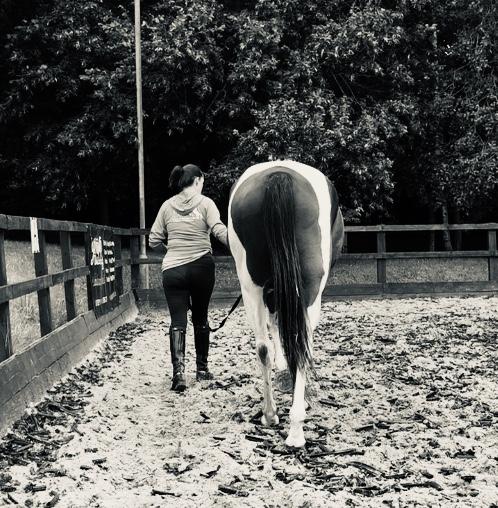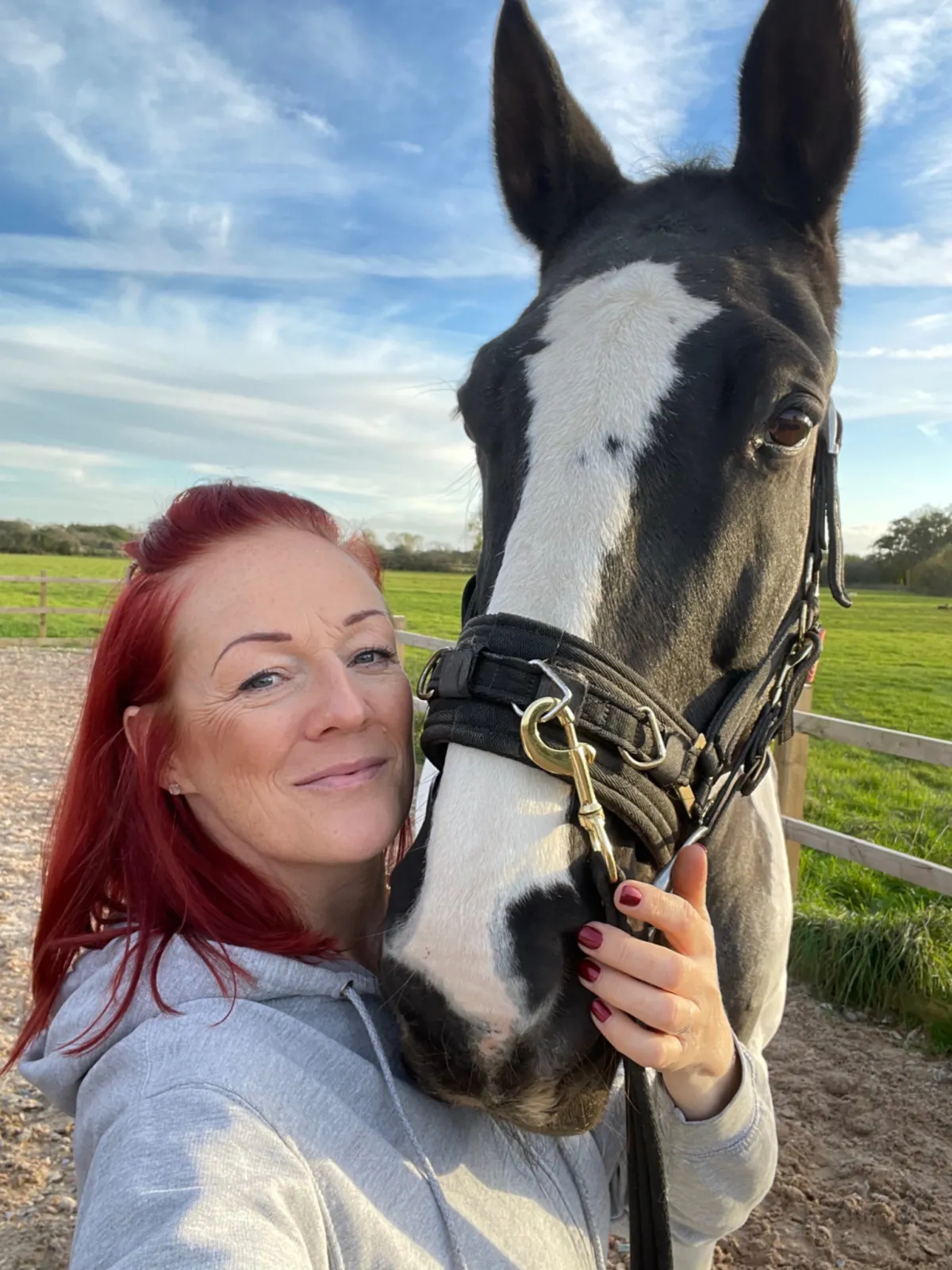
Why Your Horse Still Feels “Off” After Time Off – It’s Not Just You
Why Your Horse Still Feels “Off” After Time Off – It’s Not Just You
If you’ve ever brought your horse back into work after box rest or a long break, and something still doesn’t feel quite right—even though the injury has technically healed—you’re not alone.
As an equine physio an spinal therapist with over 13 years of experience, I’ve seen this countless times. The horse is cleared to return to work, but they feel stiff, disconnected, weak through the back... and often just not quite themselves.
Here’s the truth:
Box rest doesn’t just affect fitness—it causes a massive loss of core strength. And that has long-term consequences if it’s not addressed.
🐴 The Core Problem
When a horse is confined to box rest or limited movement, the muscles that support their spine—especially the deep core muscles—begin to weaken rapidly. These are the same muscles responsible for keeping the back lifted, the movement fluid, and the posture balanced.
Without these muscles firing properly again, your horse can’t move in a healthy, supportive way… even if the original injury has fully healed.
That’s why, when I’m rehabbing horses, daily core exercises are a non-negotiable.
It’s the foundation we build everything else on.
🧍♀️ Think About It This Way...
Imagine a human spending 3–6 months in one room, only walking across it once or twice a day. When they’re finally allowed back to full activity, their strength, posture, and balance would be severely impacted—even if their injury had healed.
That’s what happens to your horse.
And it’s even more extreme for them, because horses have evolved as nomadic animals. In the wild, they would cover 20+ miles per day, slowly grazing and moving as part of their natural behaviour. Their entire physiology is designed around constant, gentle movement—not standing still.
🧨 What Happens When Core Strength Is Lost?
When those deep core and postural muscles switch off, your horse begins to compensate in other areas:
Bracing through the neck and jaw
Hollowing the back
Becoming heavy on the forehand
Loss of balance in transitions
Crookedness and uneven muscle development
Over time, this compensation leads to strain. And in my work with thousands of horse owners, one disturbing trend I’ve seen is this:
A common theme in horses who’ve had extended box rest is being diagnosed with kissing spine later on.
Why? Because the spine is no longer supported correctly, the vertebrae (DSPs) begin to collapse toward each other without the support of the core… and that creates chronic pain and long-term damage.
🚦So What Can You Do?
Start small, and rebuild from the inside out.
The good news? It doesn’t take hours of work. You can address core strength directly in just a few minutes a day using the right, specific exercises:
✅ Re-activate the deep core muscles
✅ Improve posture and spinal alignment
✅ Prevent long-term injury risks
✅ Return your horse to movement in a safer, supported way
These are the exact exercises I teach in my Core Exercises for Your Horse Course—based on proven science, recommended by vets and physios, and used by thousands of horse owners.
➡️ Click here to check out the Core Exercises Course – just £9 for lifetime access
🔍 A Daily Diagnostic Tool
One of the things I love about these exercises is that they also become a daily diagnostic tool. When you know how your horse moves at their best, it becomes easy to spot little changes before they become big problems. You’ll be able to feel tension, asymmetry, or stiffness early, giving you the power to act before injury strikes again.
Your horse might be “healed” on paper—but are they truly strong, balanced, and ready for what comes next?
This is your chance to help them feel better than ever.
Let’s give them the foundation they need to thrive.
Take a look at the course here.

